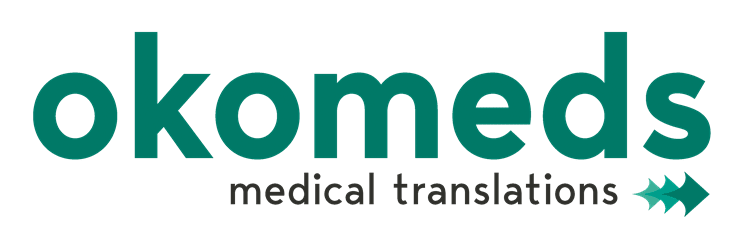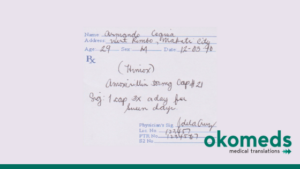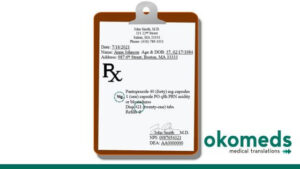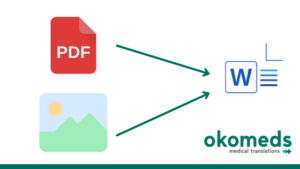
26 Dic Translating scanned handwritten doctors’ documents
It is traditionally said that doctors have bad handwriting. The fact is that most patients have difficulty understanding their doctors’ handwritten documents. Why is this? And most importantly, how can translators translate these documents?
The myth of doctors having bad handwriting
First of all, we want to explain why doctors are said to have bad handwriting. There are a few explanations for this:
Speed of writing
Doctors need to write a lot during the day, not only because of the number of patients they see, but also because everything must be documented. That means that they might get tired or might need to write quickly to get everything done in time. However, the good news is that more and more medical documents are being computerised, which reduces the amount of writing doctors need to do.
Use of abbreviations
Doctors tend to write prescriptions using a short form, which might not be understood by the patient even if the handwriting is extremely clear or even typed. Handwritten doctors’ documents usually include the names of medicines with which patients are unfamiliar, Latin terms and specific abbreviations relating to the way the medicines should be taken. However, this does not mean that such prescriptions cannot be understood by other doctors.
An example:
Here are some typical abbreviations found on handwritten doctors’ documents:
-
-
-
- Medicine X
- #20
- Sig: 1 tid
-
-
This means that 20 units of the medicine are to be dispensed, one being taken by the patient 3 times a day (“TID” is an abbreviation of the Latin expression «ter in die», meaning «three times a day»). Not so obvious, is it? And this example does not even include a very complicated medicine name. While patients may not be familiar with these things, medical translators are.
Translating handwritten doctors’ documents
The tricky part in a translation is when a medical translator finds that the documents that need translating are in poor condition. For example, they may have a badly scanned version of a handwritten document or a document that contains unreadable text.
The need for agreement
The parties must specify the way in which they will deal with this. It is important to resolve these issues and come to an agreement since the quality and cost of the translation may vary depending on the source. Therefore, if medical translators need to deal with difficult source material, the appropriate quality and cost requirements should be negotiated.
The most effective option is to provide the medical translator with as many references as possible to ensure good results. For example, access to the original document is especially useful. Another tip is to provide empty forms along with the completed ones, if possible. Or to provide translation memories, if any.
Document recreation
Medical translations and pharmaceutical translations need to go through a process of document recreation before any CAT tools can be used. This process can be done directly by the medical translator into an electronic document.
If a translator receives PDF documents, the first step is to convert them into documents they can edit. If the documents are in image format, some kind of OCR (Optical Character Recognition) processing is necessary to recover any editable text. However, here it is important to realise that handwritten documents are not always recognised by OCR technology.
Formatting
After the documents have been translated, they must also be formatted. Layout is important, especially when the translated documents need to be submitted to the health authorities.
Documents for medical translation
The types of documents that can be found in medical translation services can be quite different. They include handwritten doctors’ documents or notes, which we have specifically discussed in this article. They also include clinical documents, questionnaires, certificates, pathology reports, patient health documents and hospital forms, among others.
Given the considerations we have discussed, the challenges of translating scanned handwritten doctors’ documents are clear. This is true even if a medical translator is a skilled professional and is used to the types of expressions normally used by doctors and pharmacists.









Sorry, the comment form is closed at this time.